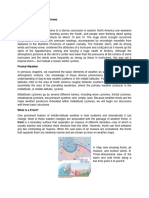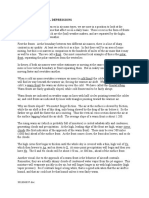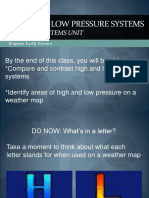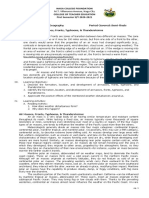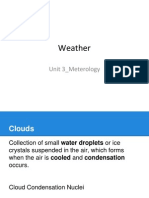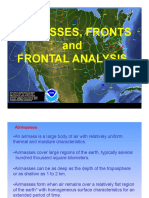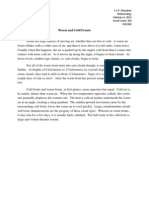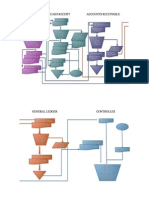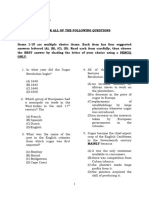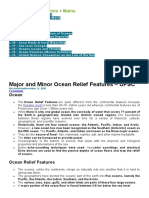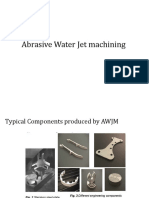0% found this document useful (0 votes)
5 views26 pagesLecture22 Webpost
The document discusses weather fronts, which are transition zones where air masses meet, and compares them to battle fronts. It outlines four types of fronts: cold, warm, occluded, and stationary, detailing their characteristics and associated weather patterns. The lecture also highlights the role of fronts in extratropical cyclones and provides examples of weather conditions associated with each type of front.
Uploaded by
Mehmet MentişCopyright
© © All Rights Reserved
We take content rights seriously. If you suspect this is your content, claim it here.
Available Formats
Download as PDF, TXT or read online on Scribd
0% found this document useful (0 votes)
5 views26 pagesLecture22 Webpost
The document discusses weather fronts, which are transition zones where air masses meet, and compares them to battle fronts. It outlines four types of fronts: cold, warm, occluded, and stationary, detailing their characteristics and associated weather patterns. The lecture also highlights the role of fronts in extratropical cyclones and provides examples of weather conditions associated with each type of front.
Uploaded by
Mehmet MentişCopyright
© © All Rights Reserved
We take content rights seriously. If you suspect this is your content, claim it here.
Available Formats
Download as PDF, TXT or read online on Scribd
/ 26
